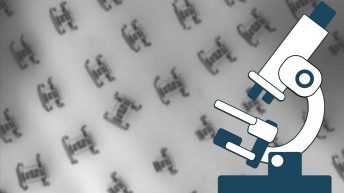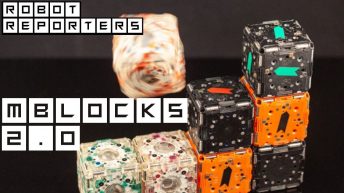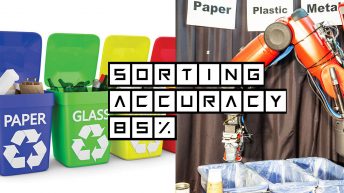MIT, Columbia Engineering, Cornell University, and Harvard University researchers joined forces in a nature-inspired project: a particle robotic system, formed by very simple individual robots (aka particles).

“We have small robot cells that are not so capable as individuals but can accomplish a lot as a group”
Daniela Rus, director of the Computer Science and Artificial Intelligence Laboratory (CSAIL)
This is a revolutionary approach since robots are usually complex and meant for 1 purpose. This new system formed by coordinated particle robots is more flexible and scalable. They can change in many configuration, move around and carry stuff.
Individual robots in the cluster do not directly communicate with or rely on one another to function, so particles can be added or subtracted without any impact on the group. Thus the modular robotic system can can complete tasks even when many units broken.
These robots join together and act like cells in a living organism.
Article source: MIT



